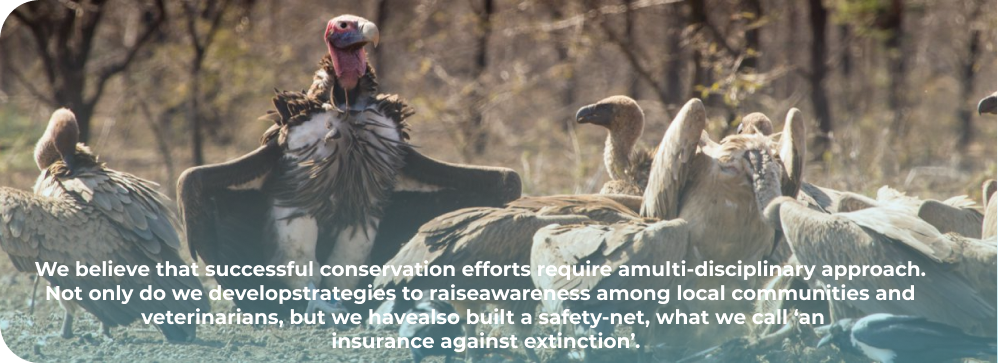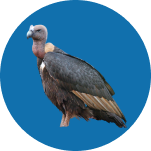
The Mysterious Decline
1980
There were 40 million white-rumped vultures and long-billed vultures in India.
2000
The International Union for Conservation of Nature (IUCN) declares, “The Indian vulture is only one step away from total extinction”.
2007
99% of vultures in India had disapp- -eared, including 99.9% declines of white-rumped vulture.

















